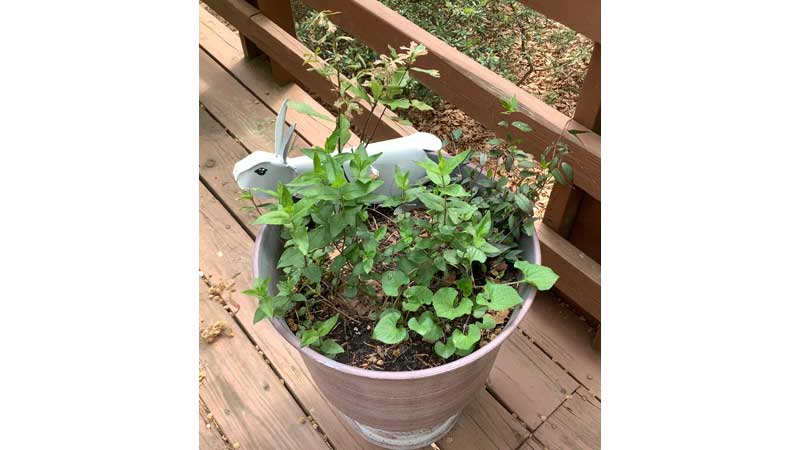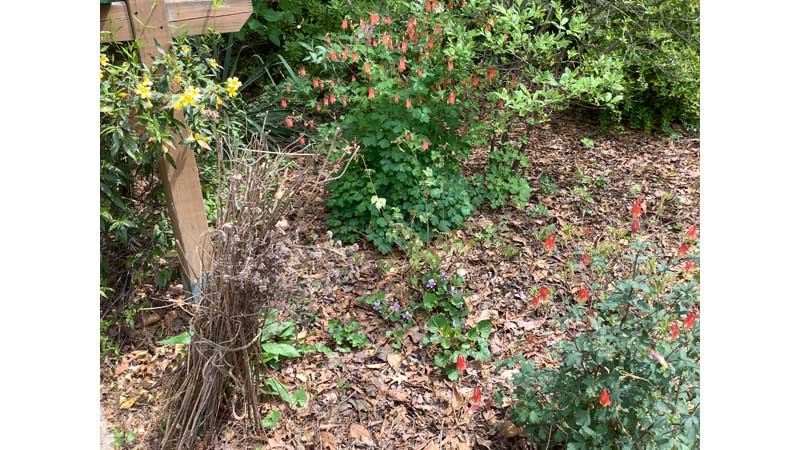Small plot pollination gardening helps insects
Published 11:51 pm Tuesday, May 18, 2021
|
Getting your Trinity Audio player ready...
|
By Stella Payne
Start with a 3×3 plot of land, or a cluster of pots or just a large tub will work.
Next, two types of plants are needed to complete the insect food web: species that provide nectar for adults and species that are host to butterfly larvae or other insects. To achieve this support, think native plants. Five percent of native plants make 75% of the caterpillar food that drives food webs. That helps to limit the choice and zoom in on plants that wear both hats. The list below fits the bill for the Tidewater area.
Blue Mist
Clustered Mountain Mint
Eastern Columbine
Passion Vine
Yellow or Carolina Jessamine
All Milkweed
Violets
Black-eyed Susan and Coneflowers
Coreopsis
Garden Phlox
Asters
Wax Myrtle Bush
Tree Oak — a small sapling can provide for many species
Leaf matter for ground cover. Many moths and chrysalis survive on leaf matter.
The above are star performers in my garden, attracting a diverse insect population. The plants self-propagate, yielding more to move to other locations. A large tub of Mountain Mint has been separated many times. This plant is awash with the most unusual pollinating flies.
A good example of the completed insect cycle is milkweed. The monarch butterfly’s life cycle is complex, and we know they lay their eggs on milkweed. The caterpillar eats milkweed, and the chrysalis attaches to sticks or leaves on the ground.
Other considerations are night pollinators, seasonal blooms, flower shapes, color and ground that allows grubs to burrow. Leaving stalks vertical through the winter is important as they host insects, grubs and chrysalis. Tidy the garden too soon, and you throw the completion of the food web away. Also, don’t neglect native grasses, sedges and ferns. They add interest and host insects. Think of your creation as a pollinator habitat catering for different insects, not just butterflies.
Most native insects cannot or will not eat alien plants. There are good reasons for this. We know they share an evolutionary history together. Planting ecologically productive natives of the area will provide for the insects’ specialized diet.
Not only will your small plot create pollinating insect diversity and complete the food web, you will also attract and delight in the diversity of birds that visit. Have fun, be surprised, and make native plants, trees and bushes your friends.







